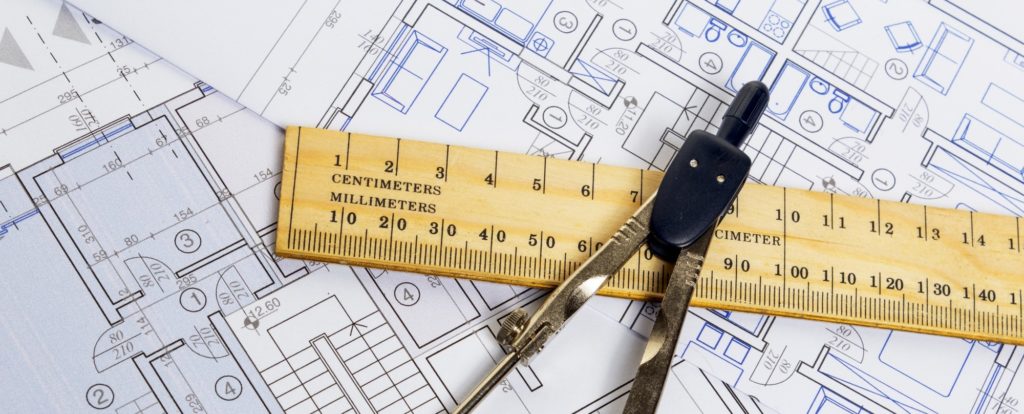Well-composed technical documentation is aimed to empower your users, and never frustrate them. It’s an integral part of customer support, brand building, and trust.
Users seek technical documentation when they’re most in need. And if it’s not there for them, they’ll start looking for alternatives. Technical documentation is more than capturing the required information. It’s about presenting this info in a way that’s easy to understand and helpful for your audience. If you have not enough experience and don’t know where to start, here is a quick guide to making powerful technical documentation.
Contents
What is Technical Documentation?
Technical documentation is the result of technical writing that refers to various relevant product-related data and information. It typically contains important details about a technical product that is under development or already in active use. Tech documentation can be either online or printed. It is created in different industries – in the IT sector, engineering, construction, medicine, and so on and so forth.
Many people think that this kind of documentation is just dry text that can be understood only by professionals with relevant education. It’s not true! Today documentation is more than text. It may contain useful charts, screenshots, videos, and other visual elements. Apple Documentation or Documentation for Microsoft Azure are vivid examples.
Why companies create tech documentation? The key reason is the desire to:
- reduce customer tickets.
- reduce the expenses on customer service.
- enable the support team to solve queries more effectively.

Who is responsible for creating technical documentation?
Usually, technical documentation is prepared by technical writers. They often work in cooperation with other groups of professionals – developers, designers, reviewers, etc. Sometimes, product developers write documentation for their products themselves.
When and how to use technical documentation?
The global goal of technical documentation is to help an intended audience to use your product and understand all processes. It actually does not matter whether that audience is end-users, colleagues, administrators, or technicians.
When do we use technical documentation? Here are some examples:
- User support. It is about tutorials and guides, online help systems, training programs, release notes, or anything that helps end-users use your product.
- Development support. It is about functional specifications, software development guides, product requirements documents, or some procedures helping developers perform their jobs.
- Marketing support means everything product-focused that is used to market your company. For example, presentations or explainer videos.
- Organization support involves basic info about your company, its structure, workflows, procedures, and policies.

5 Steps to Plan and Write Technical Documentation
Before writing tech documentation, it worth deciding who is going to be responsible for them. Technical documentation is typically written by a subject matter expert or a tech writer who’ knows how to translate complicated product knowledge into clear content. Once you’ve defined it, preparing technical documents comes down to a few simple steps.
1. Research and plan
Any technical writing project should start with research. Knowing the key goals and scope of your technical documentation beforehand saves time and effort.
In case you are not an expert, it’s better to start with building relationships with the technical team to understand the material better. All the info you will get may be helpful in completing a documentation plan. This plan that will help guide you through the project should include:
- Goals. Having a clear goal will help inform everything you do. You should define what people want to be able to do, whether it easy to find help documents or not, and so on.
- Existing resources. Try to find anything everything that may help you write or confuse your audience if they find it. Define if there are old, outdated versions that need to be killed.
- Style guide. Some companies require writing technical documentation in a specific way. Your organization may also have a style guide that explains how to talk to users, what language to use, etc.
- Outline of topics. You should define what topics will be covered in your technical documentation.
- Management tools. Make sure you’ve determined what management software, tools, or websites to use for creating and managing documentation.
- Deadlines. Technical documentation is as much about structure and delivery as it is content. Be aware of how and when the content will be presented before you start.
2. Design
Each technical documentation should be usable, structurally logical, and easy to navigate. At this stage, you have to think about how your content is going to be presented.
Think about the page design and the navigational structure of your document. Use templates for consistent on-page design if they are available. If you want your documentation to be useful, it needs to be presented in a way that’s easy to parse quickly and find what people need.
3. Create content
The easiest way to write technical documentation is to follow some consistent steps rather than try to dive right in writing routine.
Start with a draft. Basing on your documentation plan, sketch out a high-level outline for every topic you will cover. It will help you to find bottlenecks in your planning. Then gather the rest of the content you’ll need for each topic and supporting graphics.
Remember that your technical documentation is aimed to focus on users. If they can’t read, navigate, and use what you’re creating, it’s useless.
Ask for peer reviews and make revisions. Peer-review sessions will help you to make sure the content is accessible and usable to the audience. Any stakeholder or someone outside the project may review the documents and pick out drawbacks.
4. Test
Your documentation is put together and now it’s time to get some real feedback. Do not skip this step (as it often happens) keeping in mind that tech documentation is all about the user. If it doesn’t work for them, it’s a failure.
Check safety, going through the documents, use cases or directions that could potentially cause someone’s computer harm if done improperly.
Audit structure. Check for broken links and make sure navigational elements are working correctly. Identify usability/UX issues. Try to find time to work with external testers to make sure that when users come to your docs, they leave satisfied.
5. Create a schedule of updates
After successful work, you are ready to share your documentation with the whole world. However, if you think that your job is finished, you think in the wrong way.
The maintenance and update schedule is what you should care about now. You should constantly review your technical documentation and bring up-to-date with new product releases or updates.
Technical Documentation in Software Development
The key goal of documentation in software development is to ensure that developers and stakeholders are moving in the same direction to accomplish the objectives of the project. There are many document types to achieve this. Most of them are involved in the following categories: product documentation and process documentation.
Product documentation
This kind of documentation is aimed to describe the product that is being developed and instruct on how to perform different tasks with it. Product documentation includes tech specifications, requirements, business logic, and various manuals. Two types of product documentation do exist:
- System documents that describe the system and its parts. Here you may find requirements documents, design decisions, program source code, architecture descriptions, and FAQs.
- User documents are typically manuals prepared for end-users of the product. They include user guides, tutorials, manuals, and installation materials.
Process documentation
Process documentation involves all documents produced during development and maintenance that describe the process. For example, project standards, plans, meeting notes, test schedules, reports, etc.
The difference between two documentation types is: process documentation records the process of development and product documentation describes the product that is being developed.
Final words
There is the opinion that nobody reads documentation. However, let’s belong to the group of people who understand that manuals are helpful and users read them. What do you think about the importance of technical documentation today? Have you ever written it? Feel free to share your thoughts and experience.





